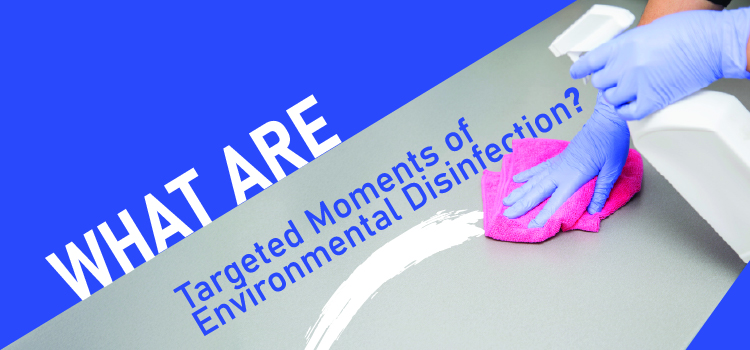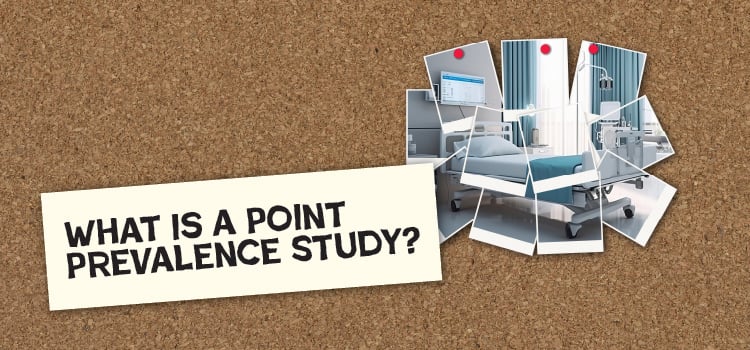During and since the COVID-19 pandemic, many products entered the market, hoping to capture customers who are desperate for ways to help them stay safe. In this emotional time, consumers may be confused about who to trust when it comes to claims made by products: Will this test really tell me if I'm COVID-19 positive? Will this mask really filter out virus particles? Will this air treatment really make a room safe for group assemblies? One of the patterns in these new products has been the use of copper, a known biocide that was elevated by a recent study by the NIH. In today's post, we will explore how you can cut through all the hype about copper and choose products that can actually back up their claims.
During and since the COVID-19 pandemic, many products entered the market, hoping to capture customers who are desperate for ways to help them stay safe. In this emotional time, consumers may be confused about who to trust when it comes to claims made by products: Will this test really tell me if I'm COVID-19 positive? Will this mask really filter out virus particles? Will this air treatment really make a room safe for group assemblies? One of the patterns in these new products has been the use of copper, a known biocide that was elevated by a recent study by the NIH. In today's post, we will explore how you can cut through all the hype about copper and choose products that can actually back up their claims.
















